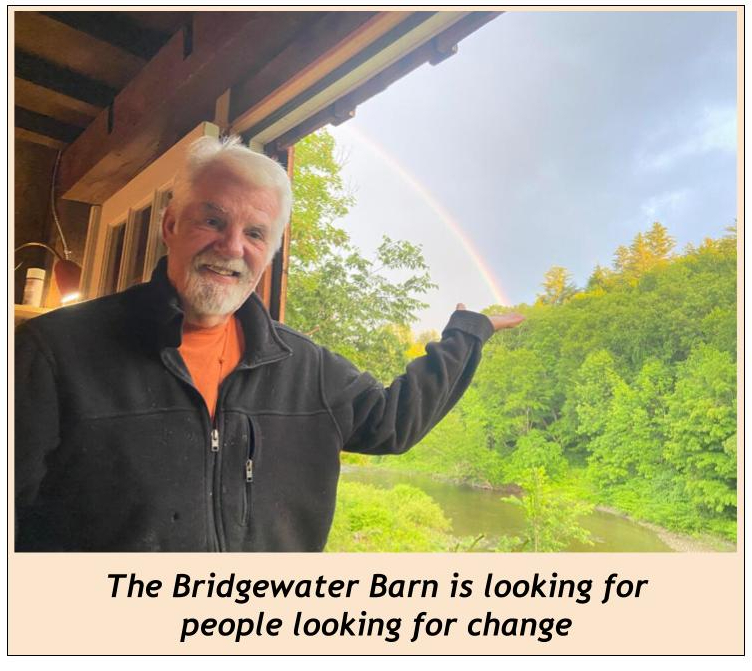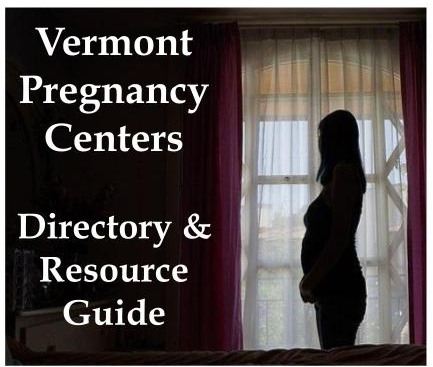
By Guy Page
Underground Railroad mural artist Samuel Kerson is suing Vermont Law School over its plans to cover up the 1994 work that some at the school say is racist.
In a suit filed Dec. 7 in Vermont Superior Court, Kerson decries the state’s only law school’s plan to destroy, distort, mutilate or otherwise modify two murals, each 8′ x 28′, entitled “Vermont, The Underground Railroad and Vermont and the Fugitive Slave.”

According to the suit, the murals depict Vermont’s efforts to help slaves seeking freedom in the years before the civil war. Notwithstanding their nationwide recognition, in July of 2020, VLS announced that because of some complaints by students, who apparently found the murals “offensive”, it was going to paint over the murals. When Kerson learned of this, he advised VLS that he did not consent to destruction of his art and asserted his rights under the Visual Artists Rights Act (VARA). Nevertheless, VLS, purporting to give notice to Kerson to remove his art, informed Kerson that it intends to permanently cover the murals with acoustic tiles.
After the July announcement, Vermont Law School gave Kerson 90 days to remove the artwork. Kersson refused and filed suit instead, seeking an injunction to prevent the destruction. Kerson is a well-known Artist In Residence at institutions on both sides of the Atlantic. His works have been shown at the Vermont Supreme Court gallery, among other Vermont venues.
According to the suit, the murals depict the history of slavery including the capture and shipment of Africans to the Americas, the selling of captured humans in slave markets, the slave’s work condition, the suppression of African culture, abolition, resistance to slavery, featuring important historical figures, and the Underground Railroad.
The depictions of Africans, slavers, and white slaveowners and abolitionists struck a wrong chord with a VLS diversity committee, which successfully petitioned school leadership to order the mural painted over. VLS President Thomas McHenry reportedly informed the school community in this July email. “However, the depictions of the African-Americans on the mural are offensive to many in our community and, upon reflection and consultation, we have determined that the mural is not consistent with our School’s commitment to fairness, inclusion, diversity, and social justice. Accordingly, we have decided to paint over the mural.”

The July 8 Valley News article in which McHenry’s comment is cited above also reports mural critics want a new mural to be painted by a black artist. That news upset black Brattleboro physician and artist Dr. Thom Namaya, who authored a recent letter in VT Digger: “This magnificent mural is the exact opposite of racist. It is a beautiful and tragic mural depicting the insanity of slavery. It is also an homage to the brave Vermonters of all races who fought against slavery and supported the Underground Railroad. How perversely racist it is to say that this mural is racist because the principal artist was not African American. The team that helped to create this mural was a multiracial team, including the African American artist Kenny Hughes.”
According to a VermontVacation.com’s page on the African-American Trail, in 1995 a study examined scores of individuals and sites that were thought to have assisted in the transport of African Americans seeking freedom. Research identified 57 individuals, families, structures and buildings as being involved – or likely to have been involved – in the Underground Railroad.
Among those Vermonters who sheltered fugitive slaves were Quakers, free Black Vermonters, clergy members and a Secretary of State.
The phrase “Underground Railroad” began surfacing in Vermont newspapers and written correspondence as early as 1840. Evidence seems to indicate Underground Railroad efforts in Fugitives were helped between houses by word of mouth and the strength of Vermont communities, often carrying letters explaining where they came from and what they needed. Many settled in Vermont for good, enriching the state’s communities and economies.
To learn more about the documentation of Vermont Underground Railroad sites, download an excerpt from Friends of Freedom: The Vermont Underground Railroad Survey Report (State of Vermont, 1996.)
- Ex-Marble Valley guard cited for smuggling contraband into jail
- And…. they’re off!
- New Director of Elections named
- 13.8% property tax increase passes
- Harrison: Veto session a safe bet
thirty vermont senators/// two down, twenty eight more to go///
tobacco/// how about drugs/// just another day at the vermont zoo///
Lets face facts: The education system has failed. those in power can not do simple math. those who elected them…
i would not vote for any of the franklin county house or senate members again/// by not saying any thing…
Thank goodness. Senning was a hack. Anyone will be an improvement.
Categories: Society & Culture








This is racism ,taking away history to con us into believing the new normal reset is a good thing,it’s not,ever notice how unhappy everyone is?!
to destroy anything that reminds people of our history, which all should value and remember is the new socialistic agenda!
Hopefully, before it’s too late, you’ll grasp the difference between the broad concepts of “socialism” and the specific tyrannies of Marxism. This is indeed a totalitarian agenda.
There will always be something in a work of art about which to complain. This is mob rule which seeks to destroy, simply to “flex its muscles” and demonstrate its authority. Destroy everything established. If it isn’t mandatory, it’s forbidden. Museums will be be decimated if this continues.
it’s not your property to paint over….stop canceling everything…OR you’ll never learn from history…omg…you people are a disgrace to VT, especially how Vermonter’s helped the slaves in that time…..these people need to pick up a freakin book and read history….
I was happy to see an update on this story. I hope the artist wins his suit. The two murals should not be destroyed. Your article was very informative.
I grew up on a farm in Maryland less than a mile from where Harriet Tubman was born. I did not know this until I was in my 20’s in Boston, in College, in the 1970’s. It was a fact that should have been the pride of my county, hidden behind the screen of Jim Crow, even after the Civil Rights Law. The Choptank River which ran right behind our farm was a main route on that RR where Tubman led so many to something like freedom. To destroy this mural is a travesty of law, and history.
Thank you! As a visual artist, as an inhabitant of the U.S., and as a HUMAN BEING, I thank you!
This is the Marxist/Leninist tactic. Only our people should have a say. Only what we present should be seen.